

The Red Fort or Lal Qila is a historic fort in the Old Delhi neighbourhood of Delhi, India. It was built by the Mughal Emperor Shah Jahan in 1639 when he decided to shift his capital from Agra to Delhi. The fort is made of red sandstone and marble. It is a UNESCO World Heritage site. The fort’s massive red sandstone walls stand 75 feet (23 metres) high and enclose a complex of palaces and entertainment halls, projecting balconies, baths and indoor canals, and geometrical gardens, as well as an ornate mosque.One of the most well-known Mughal kings, Shah Jahan, built the Red Fort, often called the Lal Qila. Ustad Ahmad Lahauri, an architect, created the fortress palace that was constructed on the banks of the Yamuna River. The amazing fort took 8 years and 10 months to construct. From 1648 to 1857, the fort housed the Mughal emperors as their royal home. As soon as Shah Jahan made the decision to move his capital from Agra to Delhi, it replaced the renowned Agra Fort as the official royal palace.The term “The Red Fort” comes from the fort’s nearly impregnable red-sandstone walls. The fort, which is situated in Old Delhi, is one of India’s most impressive and large buildings and a great example of Mughal design. It is frequently regarded as the height of Mughal ingenuity. The fort is significant to Indians today because the Prime Minister of India gives his Independence Day speech there each year on August 15. It was designated a UNESCO World Heritage Site in 2007.
| Lahori Gate | Diwan-i-Aam | Diwan-i-Khas |
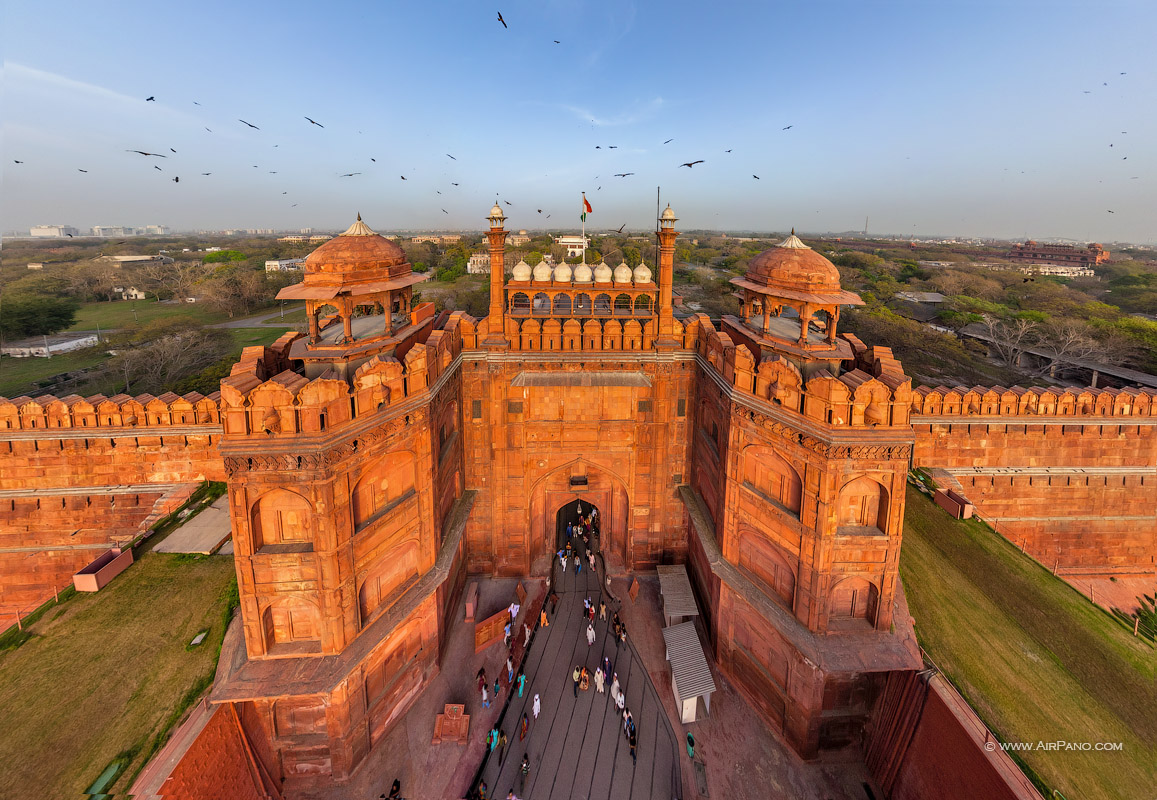 |
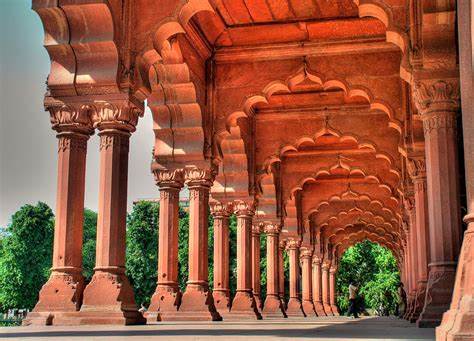 |
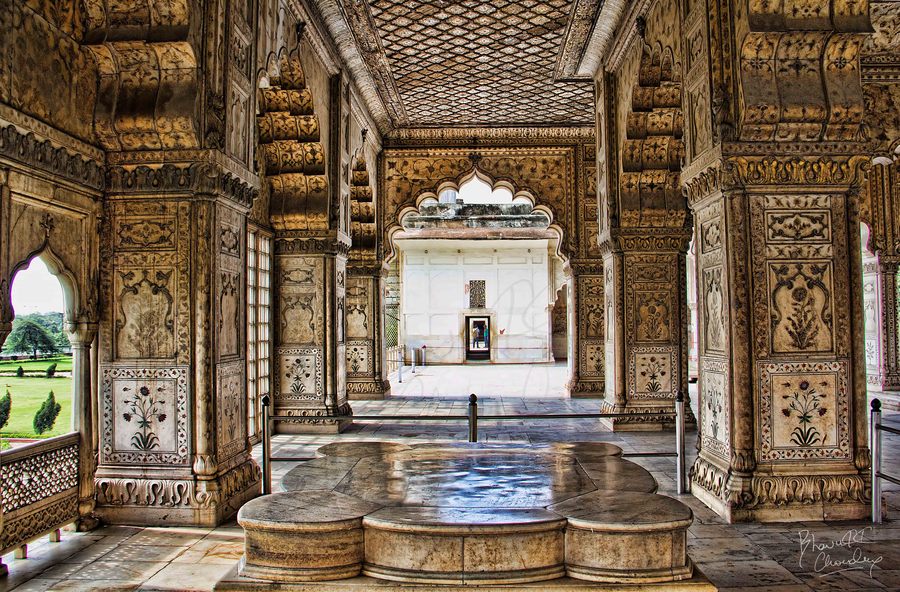 |
The Amer Fort, situated in Amber, 11 kilometers from Jaipur, is one of the most famous forts of Rajasthan. Amer, originally, was the capital of the state before Jaipur. It is an old fort, built in 1592 by Raja Man Singh. This fort is also very popularly known as the Amer Palace. The Amer Fort was built in red sandstone and marble and the Maotha Lake adds a certain charm to the entire Fort. Though the fort is quite old and may even look so from the outside, it is beautiful on the inside and boasts of various buildings of prominence like the 'Diwan-i-Aam', the 'Sheesh Mahal' and even the 'Sukh Mahal'. The Amer Fort has influences of both Hindu and Muslim architecture. This fort also has the 'Shila Devi' Temple and the 'Ganesh Pol' which is a gate that leads to the private palaces of the kings. The Amer Fort has many pavilions and halls of great interest and other popular attractions.The Amer Fort/Palace is a beautiful structure that was built by Raja Man Sing in the 16 th century. Don't forget to check out the 'Sheesh Mahal', 'Diwan-i-Aam' and 'Sukh Mahal' also. The fort is a ten minute walk uphill and your little trek will be worth the wonders that it offers. Don't miss the royal elephant ride while you are at it!
| Sheesh Mahal (Mirror Palace) | Ganesh-Pol | courtyards |
 image.jpg) |
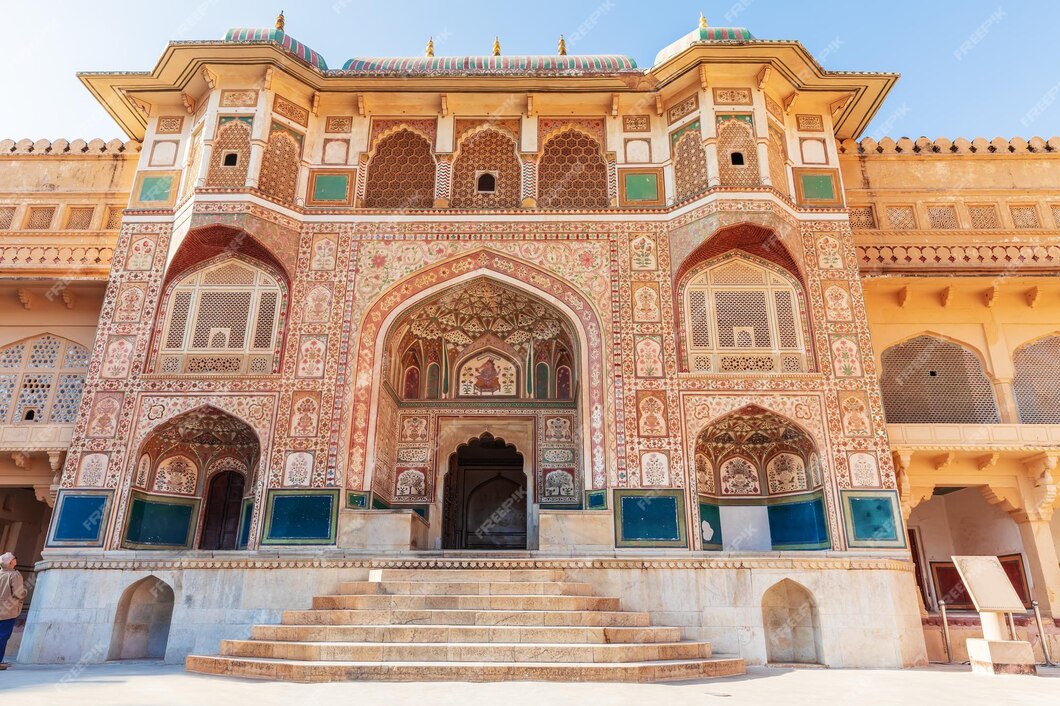 |
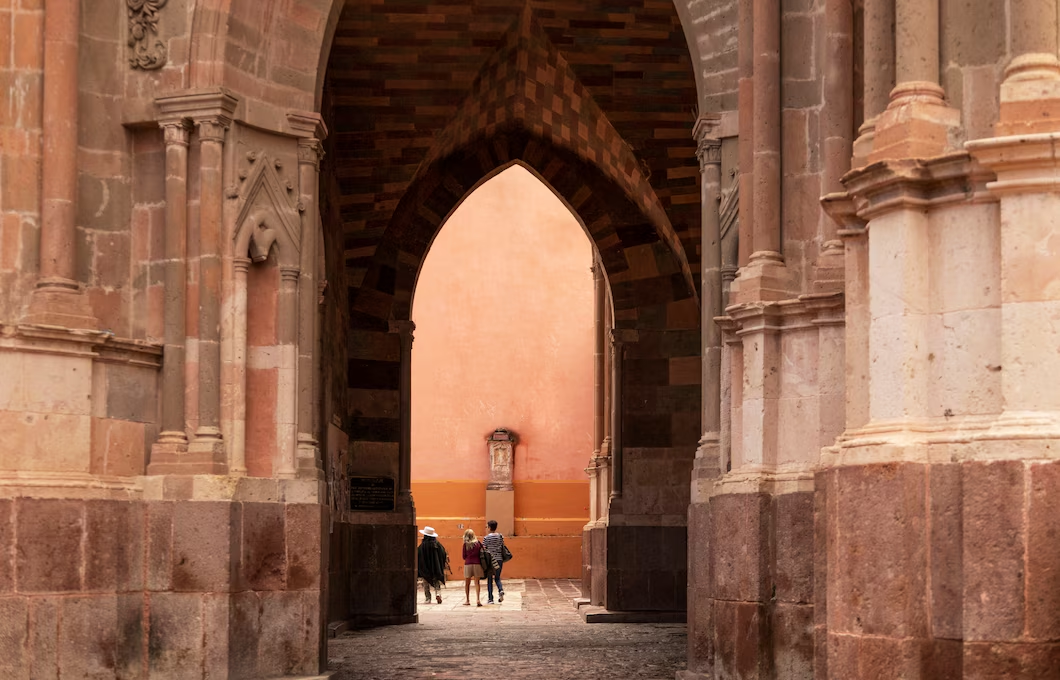 |
Jaisalmer is a very popular tourism location of Rajasthan has always attracted people from different parts of the world towards its raw desert beauty. While on a visit to Jaisalmer, one can get mesmerized by huge Jaisalmer Fort which stands within the golden sea of Thar Desert. The Jaisalmer Fort is considered to be the largest fortification in the whole world. This fort falls under the UNESCO World Heritage Site and Archaeological Survey of India (ASI) along with the local municipality looks after the restoration work of the entire fort.Jaisalmer city was the hub of international trade with Persia, Arabia, Egypt and Africa during the medieval times. This led to the formation of the Jaisalmer Fort. Entire population of Jaisalmer used to reside inside this fort. Due to its strong fortification, the fort was untouched by most of the conquerors. In the 13th century, the Rajputs rulers lost the fort to Ala-ud-din Khilji for a span of 9 years. The fort witnessed its next battle during 1541, when Mughal emperor Humayun attacked Jaisalmer.The economy Jaisalmer lost its importance with the passage of time and at present the place is dependent on tourism industry for its survival.If you are on a visit to Jaisalmer Fort then Raj Mahal, Laxminath Temple, architecturally rich gateways, doors, windows, balconies and Merchant Havelis are some of the things not to be missed. The fort has its own state of the art drainage system also known as the Ghut Nali which still helps in rainwater drainage. Within the fort walls, the Vyas Haveli is still resided by the descendants of the original builder of this fort.To cater to the enormous tourist population, the state government has allowed eateries of different cuisines within the fort complex. This fort had gained more popularity after the great Indian cinema director Satyajit Ray wrote and filmed a detective novel inside the fort. The movie was shot in the Bengali language and was named “Sonar Kella” which means “the Golden Fort”. Satyajit Ray hence is credited with coining the name Sonar Kella.
| Jaisalmer Fort Havelis | Jain temples | intricate carvings |
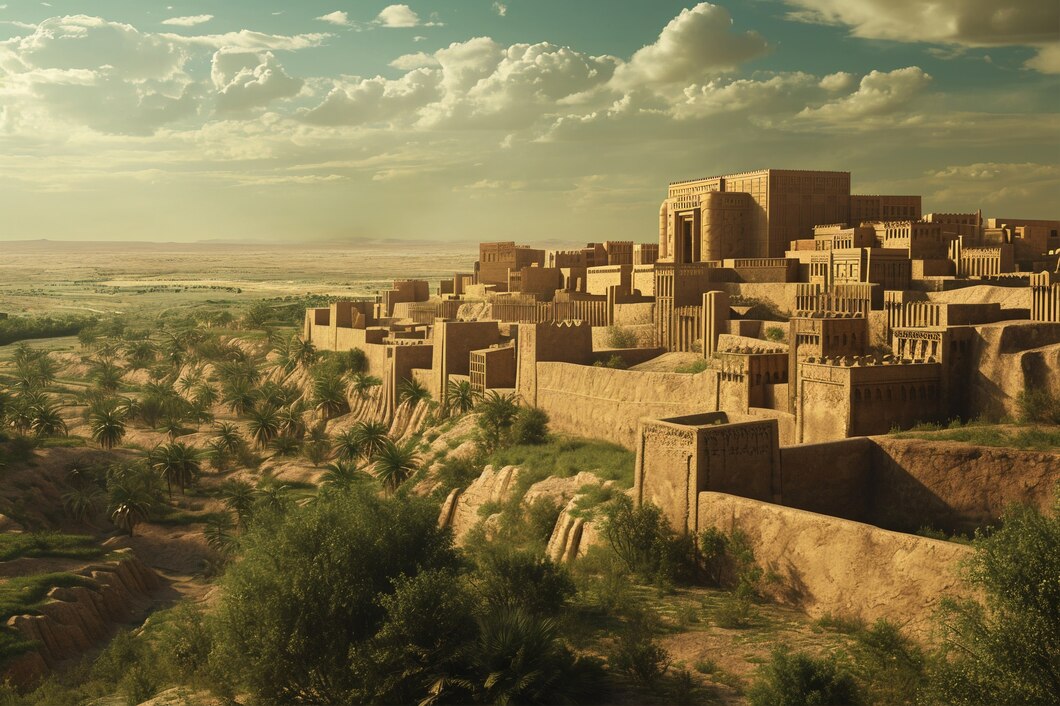 |
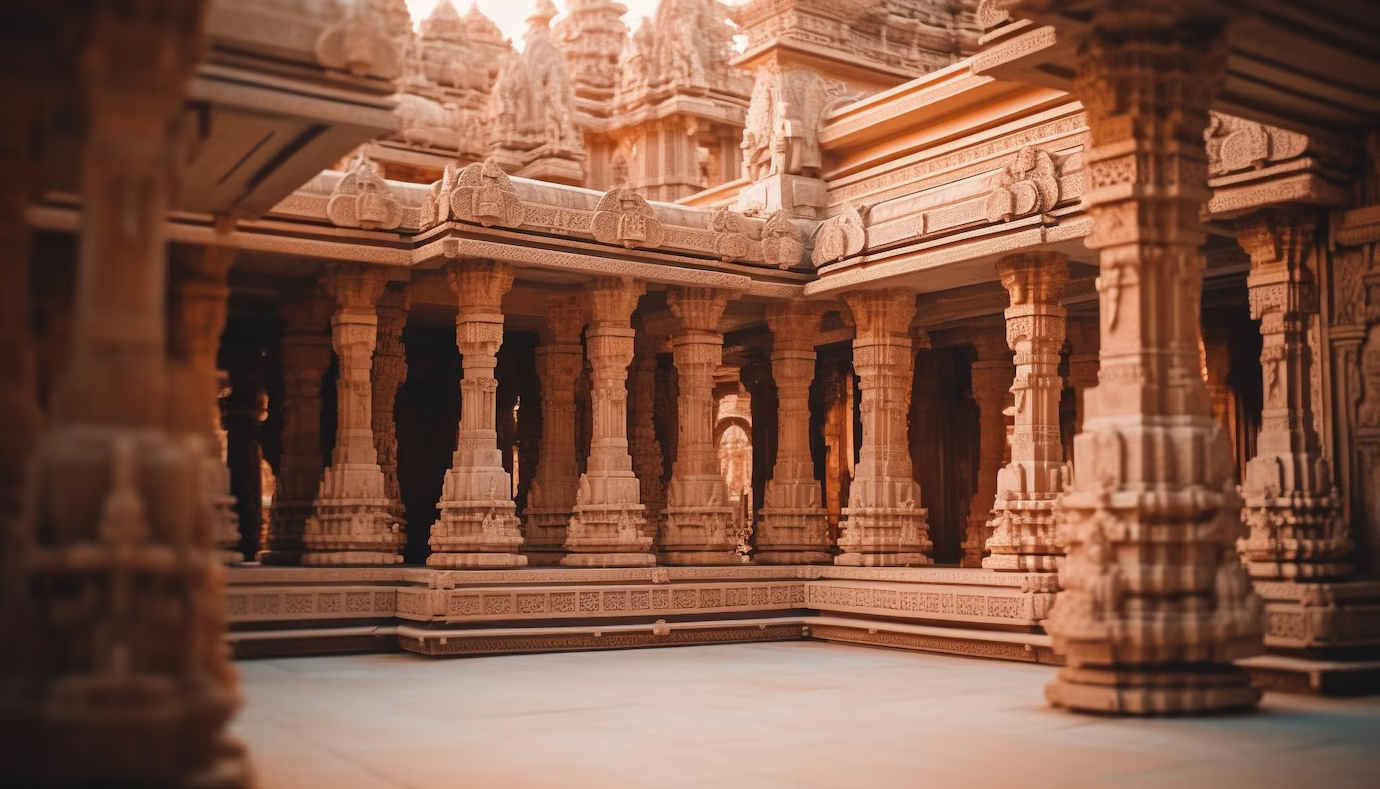 |
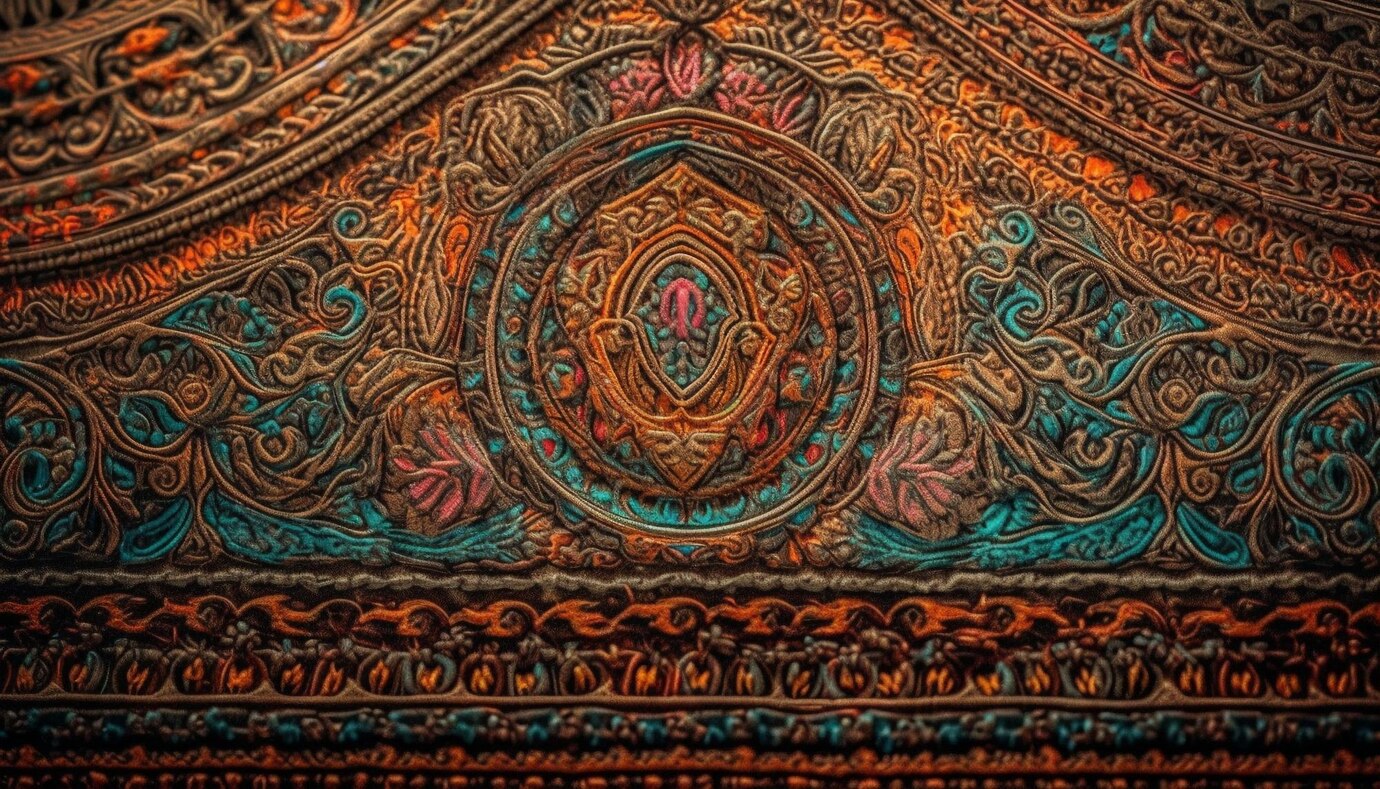 |
Initially till 1765 the Marathas had control over the Sindhudurg Fort. Chhatrapati Shivaji commissioned the fort and the main purpose behind the creation of this fort was to provide protection against the ever rising influence of French, English and Dutch merchants. Also they wanted to curb the rise of Siddis of Janjira as well. Hirojee Indulkar looked after the whole construction around 1664. Later during 1792 the fort was under British dominance and they named the fort as Port Augustus. The Marathas handed over this fort to the British in accordance with their treaty.Earlier it was the naval headquarters of the Marathas. The foundation stone of this fort was laid in 1664 November. Portuguese engineers of Goa were involved in the construction of this fort. On a small island, Khurte Island, this construction took place. Shivaji Maharaj chose this particular place for the construction of this fort because of its strategic location. It was located near the mouth of the Malvan creek that worked as a natural defense against any kind of naval attack.During the period from 1664 to 1667 the construction took place. Within a period of three years the fort was complete. In total 3000 workers, 1000 stone breakers, 200 sculptors and 100 blacksmiths were involved in the construction of this fort. From Portugal and Holland engineers came and supervised the work. Also as a symbol of unity and strength Shivaji Maharaj brought soils from various other forts in Maharashtra and then mixed it with the soil of this fort. At present this fort is a protected monument under the Archeological Survey of India.
| Hidden passages | Temple | Sindhudurg Fort |
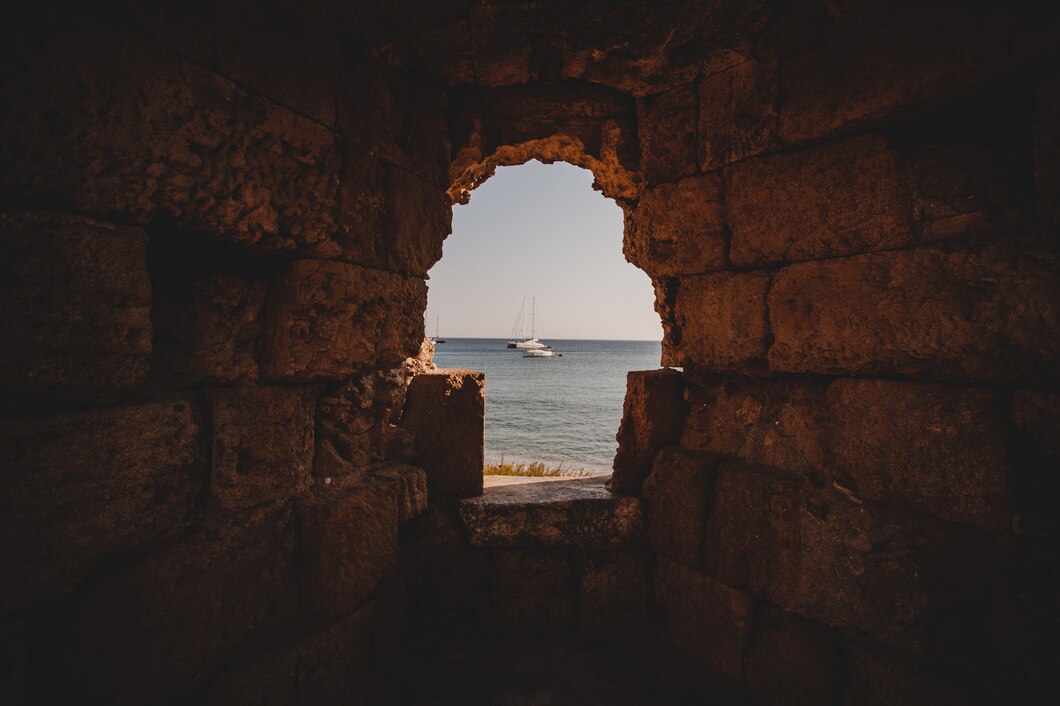 |
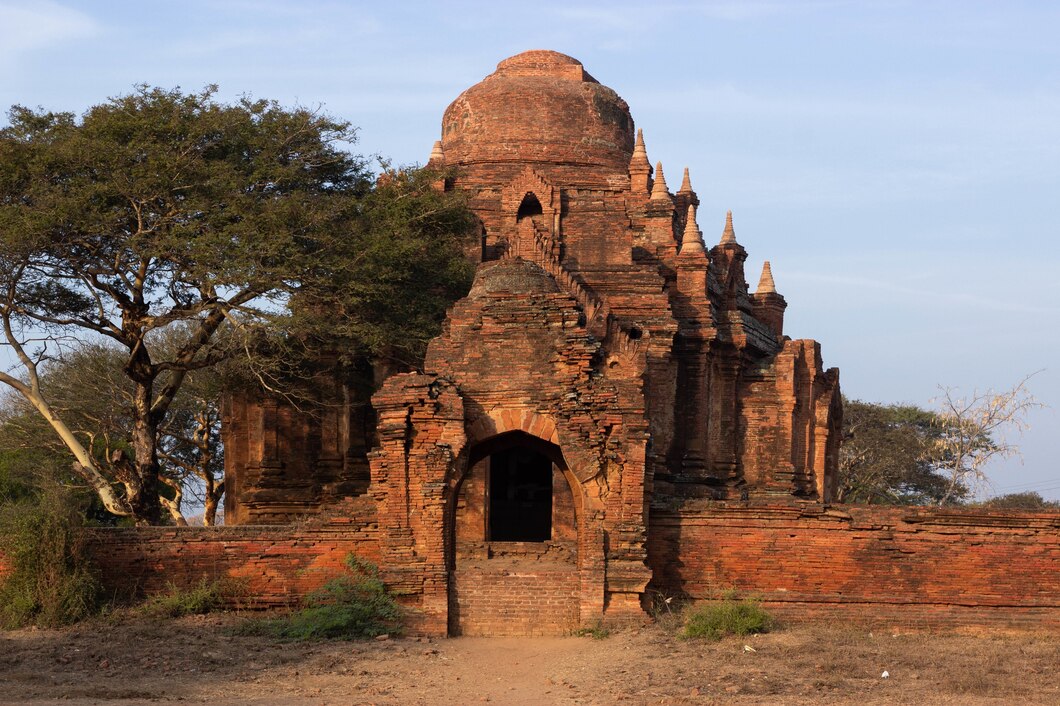 |
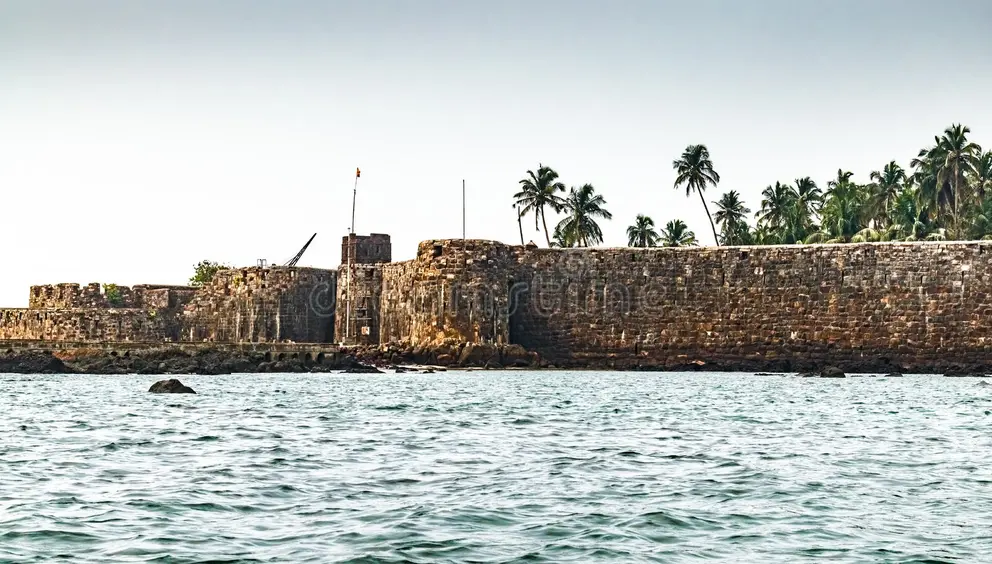 |
 HOTEL BOOKING
HOTEL BOOKING